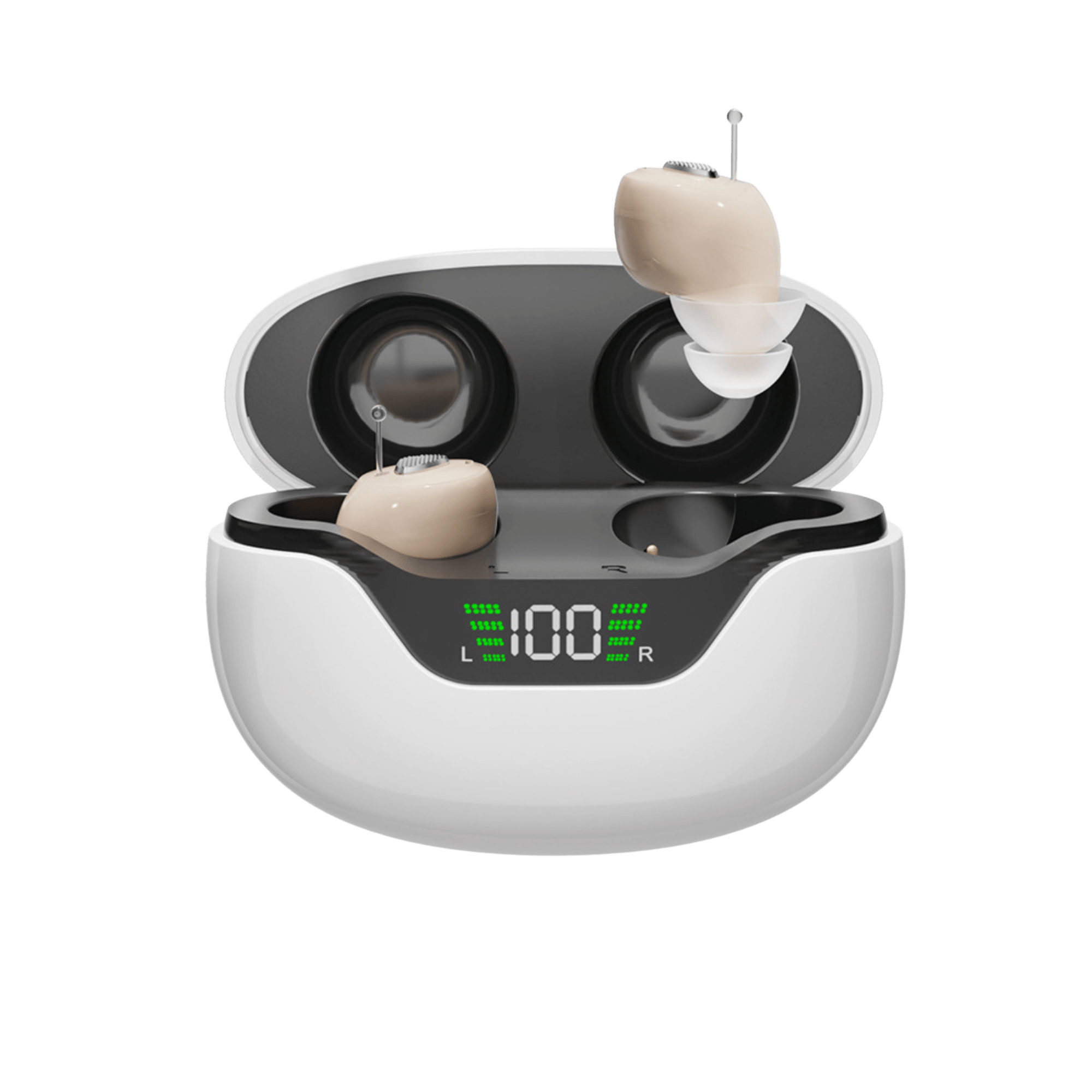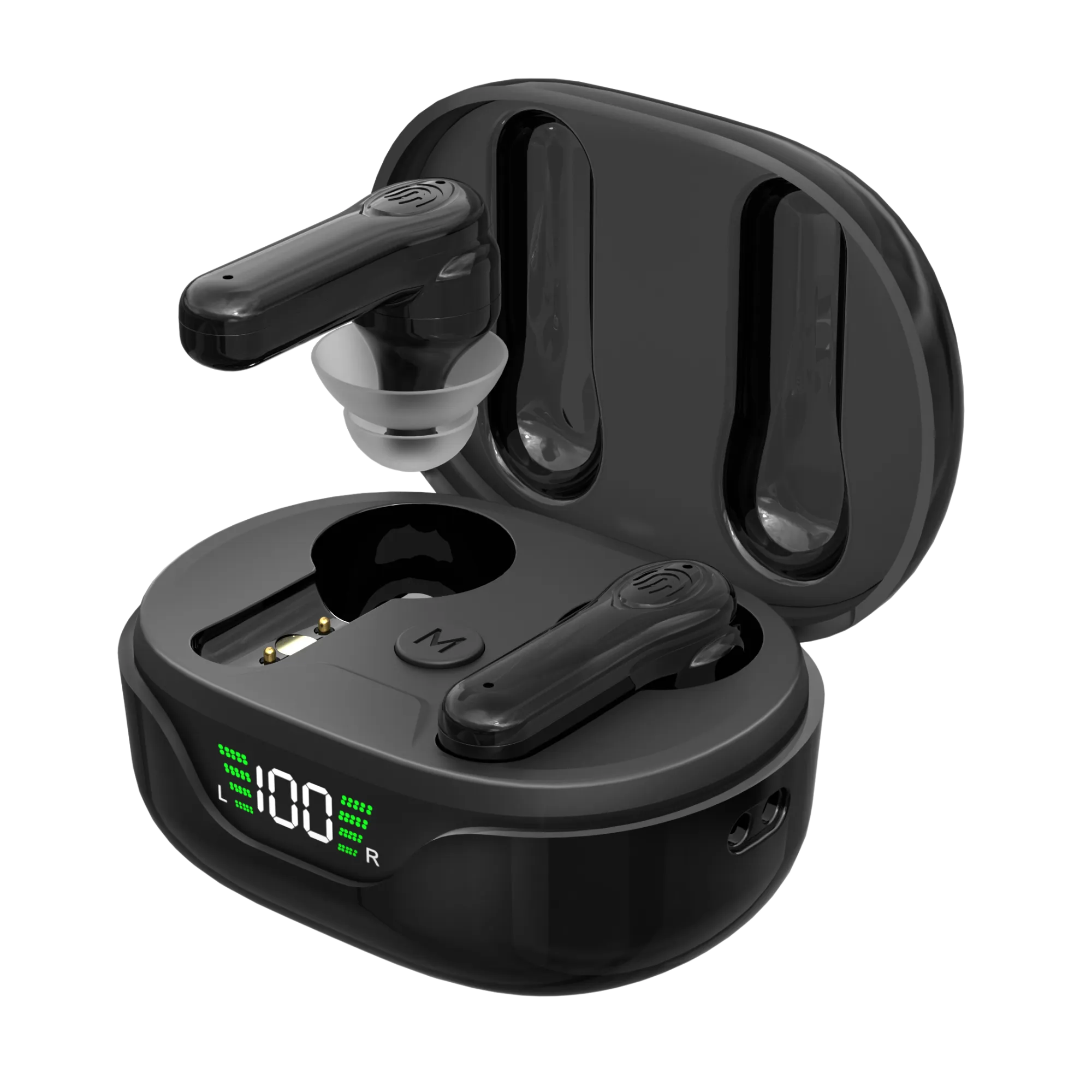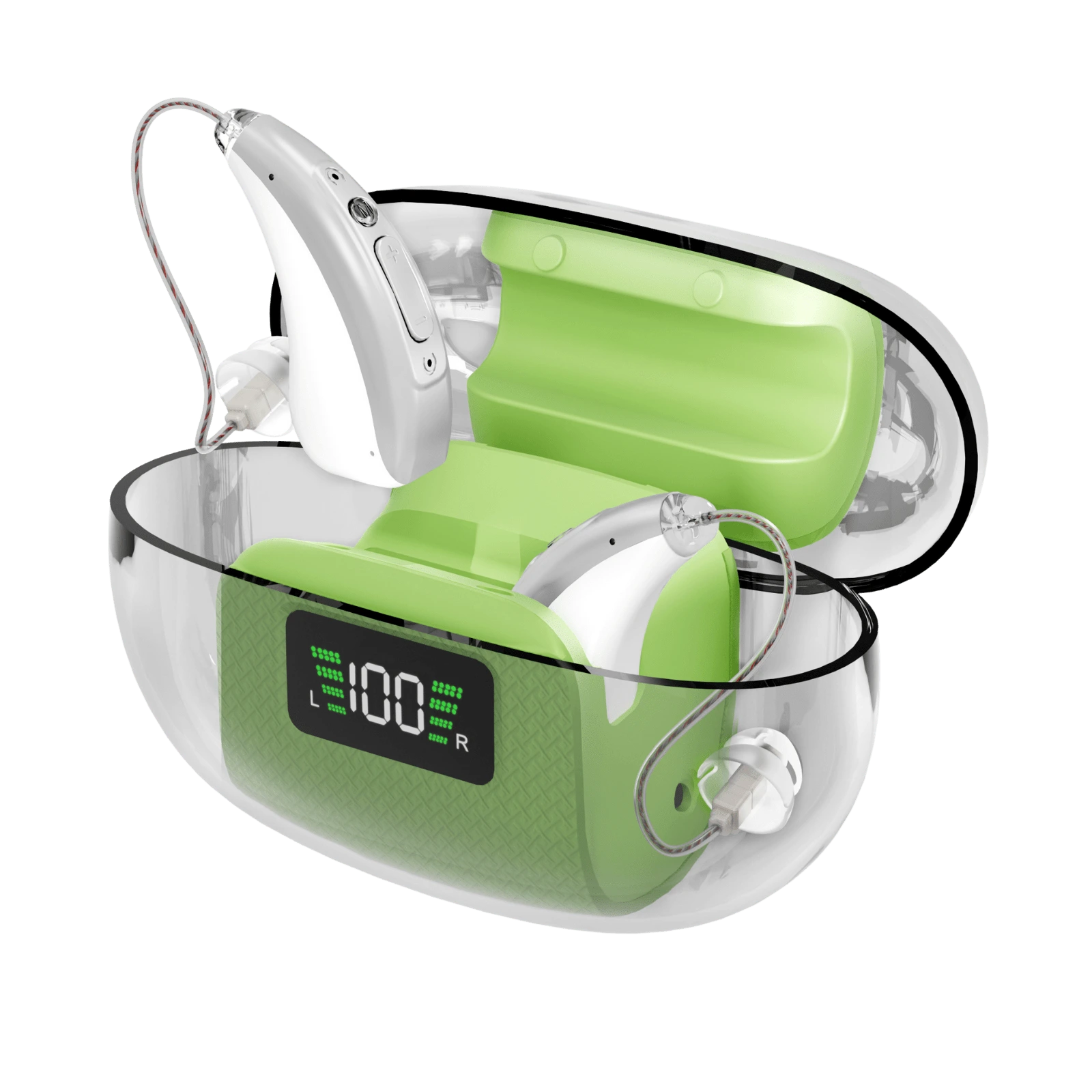Introduction
Hearing aids brought about a sea shift in the day-to-day experiences of those who struggled with hearing loss prior to their invention. However, one of the persistent issues was making these gadgets water- and rain-resistant. Users now have access to a whole new world of possibilities because to advancements in technology that now make it feasible for modern hearing aids to be resistant to the aforementioned factors. This article provides a deep dive into the ways in which modern hearing aid designs and technical improvements have made them more water and weather resistant.
The Evolution of Hearing Aids and Their Resistance to Water: A Historical Perspective
Hearing aids in the past were quite susceptible to damage when exposed to damp or water. Rain, perspiration, or even high levels of humidity might cause harm to the device's internal components, which would result in a malfunction or possibly the device's entire deactivation. Because of this, users were prevented from partaking in a variety of activities and had increased worry whenever the weather changed.
However, there has been a significant shift in the narrative in the past several years. Hearing aids that are far more resistant to damage caused by moisture have recently been available as a result of advances in both technology and product design.
Gaining an Understanding of Hearing Aids' IP Ratings
An IP rating, which stands for "Ingress Protection," is frequently used to characterize the level of water resistance in hearing aids. This rating is a standard that is intended to specify the levels of sealing efficacy of electrical enclosures against entrance from foreign bodies (such as dust and dirt) and moisture. The amount of water resistance is indicated by the second number of the IP rating.
For instance, a hearing aid with an IP classification of IP67 can protect itself from solid particles (represented by the number 6) and can tolerate water immersion between 15 centimeters and 1 meter deep (represented by the number 7). If the second number is higher, then the product has a higher level of resistance to water.
The development of hearing aids that are resistant to water
Hearing aids that are completely waterproof are now a possibility as a result of advances in technology. These devices may be immersed in water for extended periods of time without incurring any harm; however, the depths to which they can be submerged and the amount of time they can be submerged for vary by manufacturer.
It is very important to keep in mind that the phrases "water-resistant" and "waterproof" are not synonymous with one another. Waterproof hearing aids offer substantially more protection than water-resistant types, enabling wearers to swim, shower, or participate in strenuous physical activity without removing their equipment. Waterproof hearing aids are also known as submersible hearing aids.
Hearing Aids That Are Not Vulnerable to Sweat
Sweat, especially for people who lead busy lifestyles, can be just as dangerous to hearing aids as submersion in water, especially for those who wear them. Innovative moisture protection solutions have been created, such as nano-coating or casings that are resistant to moisture, in order to assist mitigate the effects of this problem. Because of these advancements, it is now much simpler for people to use their hearing aids while working out or participating in other types of activities that take place outside.
Taking Proper Precautions with Your Hearing Aids When It's Raining
Despite these advancements, it is still very important to properly maintain your hearing aids. It is necessary to let water-resistant or waterproof models dry out completely after being exposed to moisture, even if they are water-resistant or waterproof. There are hearing aid dryers designed specifically for this purpose that may be purchased.
Conclusion
Hearing aids of today have greatly expanded the realm of what was formerly considered to be possible. As a result, people who suffer hearing loss now enjoy a level of independence and self-assurance that was before unimaginable. These gadgets are incredibly resistant to water and rain, and can be used for anything from enduring a torrential downpour to going for a swim. Nevertheless, the lifespan of these essential equipment may be further extended by ensuring that they receive the appropriate care and maintenance. It is always suggested that you consult with an expert in the field of hearing healthcare if you have any particular concerns or inquiries in this regard.
Hearing aids brought about a sea shift in the day-to-day experiences of those who struggled with hearing loss prior to their invention. However, one of the persistent issues was making these gadgets water- and rain-resistant. Users now have access to a whole new world of possibilities because to advancements in technology that now make it feasible for modern hearing aids to be resistant to the aforementioned factors. This article provides a deep dive into the ways in which modern hearing aid designs and technical improvements have made them more water and weather resistant.
The Evolution of Hearing Aids and Their Resistance to Water: A Historical Perspective
Hearing aids in the past were quite susceptible to damage when exposed to damp or water. Rain, perspiration, or even high levels of humidity might cause harm to the device's internal components, which would result in a malfunction or possibly the device's entire deactivation. Because of this, users were prevented from partaking in a variety of activities and had increased worry whenever the weather changed.
However, there has been a significant shift in the narrative in the past several years. Hearing aids that are far more resistant to damage caused by moisture have recently been available as a result of advances in both technology and product design.
Gaining an Understanding of Hearing Aids' IP Ratings
An IP rating, which stands for "Ingress Protection," is frequently used to characterize the level of water resistance in hearing aids. This rating is a standard that is intended to specify the levels of sealing efficacy of electrical enclosures against entrance from foreign bodies (such as dust and dirt) and moisture. The amount of water resistance is indicated by the second number of the IP rating.
For instance, a hearing aid with an IP classification of IP67 can protect itself from solid particles (represented by the number 6) and can tolerate water immersion between 15 centimeters and 1 meter deep (represented by the number 7). If the second number is higher, then the product has a higher level of resistance to water.
The development of hearing aids that are resistant to water
Hearing aids that are completely waterproof are now a possibility as a result of advances in technology. These devices may be immersed in water for extended periods of time without incurring any harm; however, the depths to which they can be submerged and the amount of time they can be submerged for vary by manufacturer.
It is very important to keep in mind that the phrases "water-resistant" and "waterproof" are not synonymous with one another. Waterproof hearing aids offer substantially more protection than water-resistant types, enabling wearers to swim, shower, or participate in strenuous physical activity without removing their equipment. Waterproof hearing aids are also known as submersible hearing aids.
Hearing Aids That Are Not Vulnerable to Sweat
Sweat, especially for people who lead busy lifestyles, can be just as dangerous to hearing aids as submersion in water, especially for those who wear them. Innovative moisture protection solutions have been created, such as nano-coating or casings that are resistant to moisture, in order to assist mitigate the effects of this problem. Because of these advancements, it is now much simpler for people to use their hearing aids while working out or participating in other types of activities that take place outside.
Taking Proper Precautions with Your Hearing Aids When It's Raining
Despite these advancements, it is still very important to properly maintain your hearing aids. It is necessary to let water-resistant or waterproof models dry out completely after being exposed to moisture, even if they are water-resistant or waterproof. There are hearing aid dryers designed specifically for this purpose that may be purchased.
Conclusion
Hearing aids of today have greatly expanded the realm of what was formerly considered to be possible. As a result, people who suffer hearing loss now enjoy a level of independence and self-assurance that was before unimaginable. These gadgets are incredibly resistant to water and rain, and can be used for anything from enduring a torrential downpour to going for a swim. Nevertheless, the lifespan of these essential equipment may be further extended by ensuring that they receive the appropriate care and maintenance. It is always suggested that you consult with an expert in the field of hearing healthcare if you have any particular concerns or inquiries in this regard.





